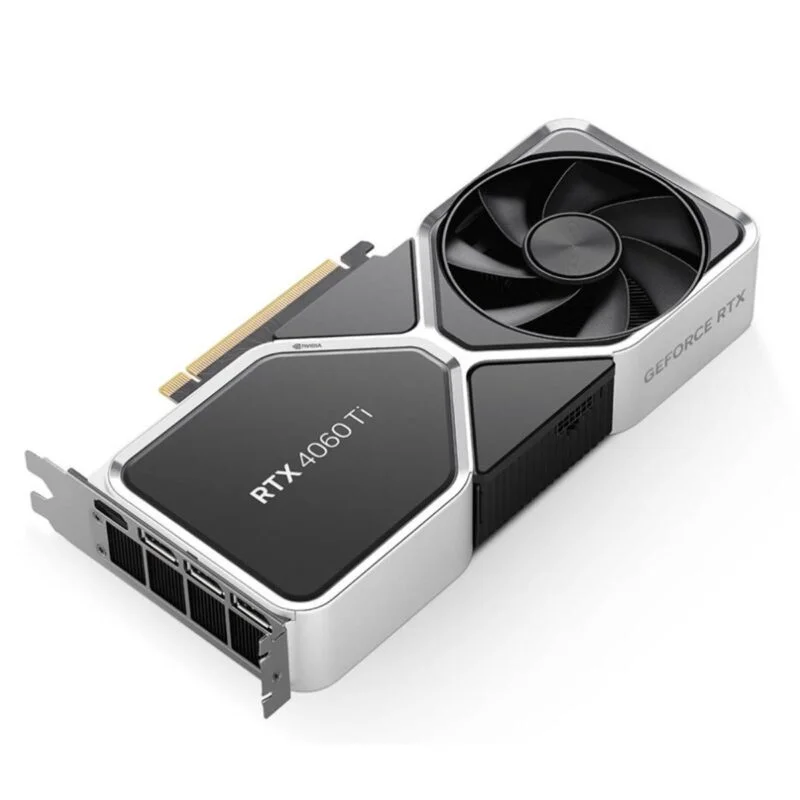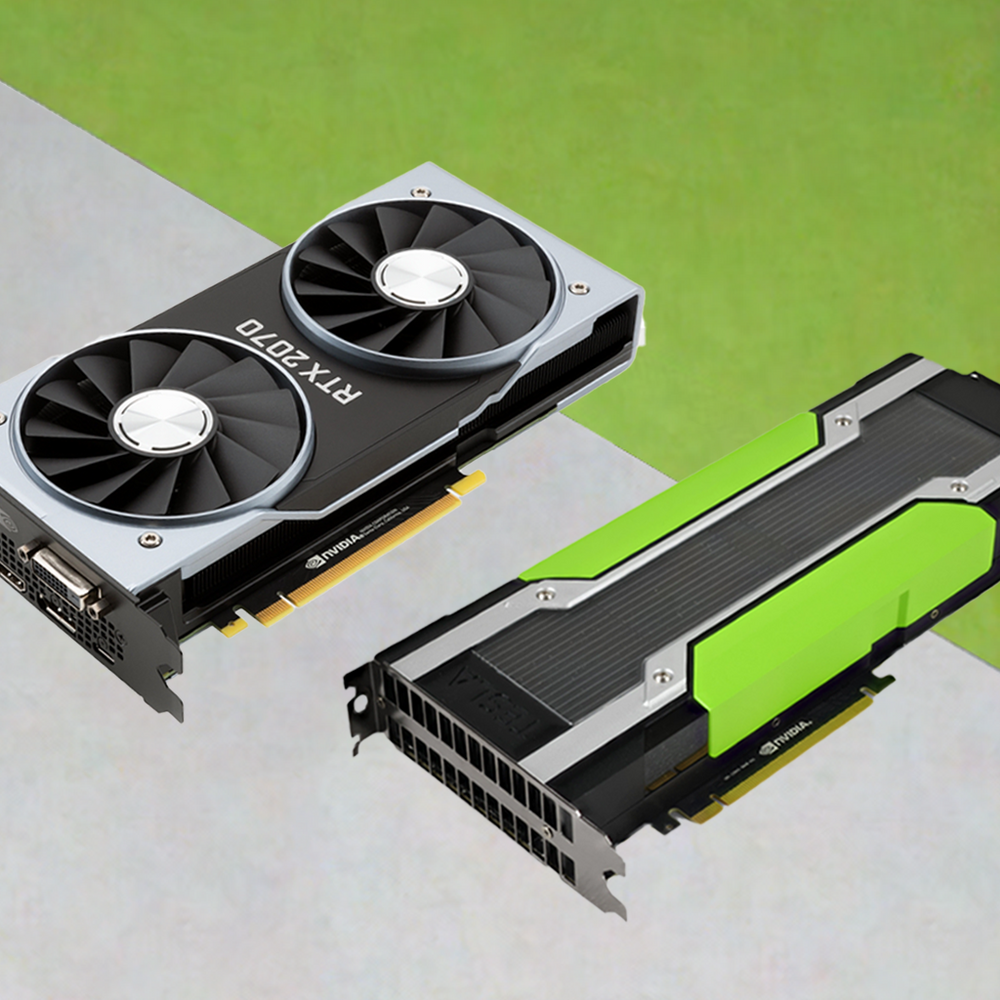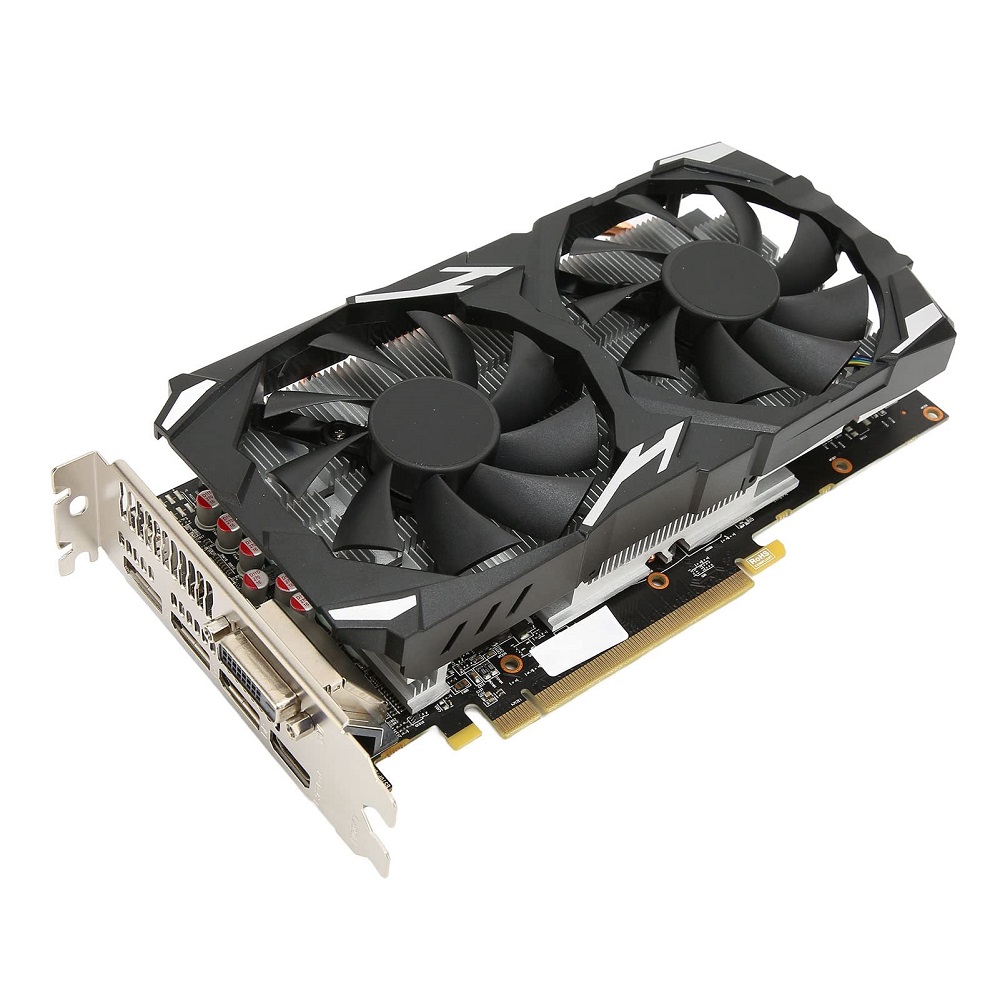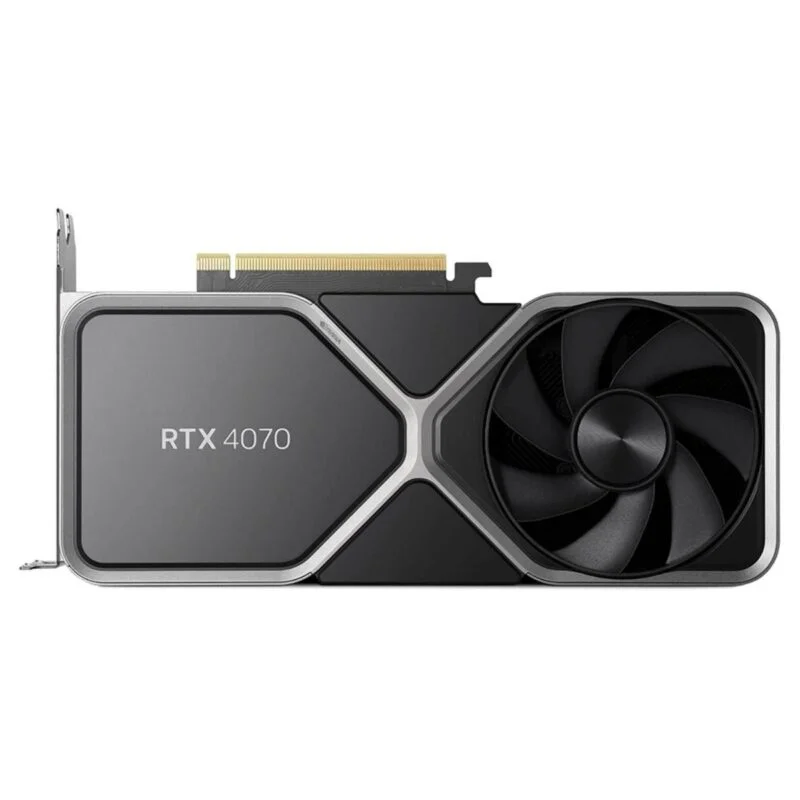Introduction to Graphics Card Refreshing
Refreshing your graphics card means updating or resetting it. This can help fix issues such as lag and glitches. By updating, you get the latest features and performance improvements. Resetting can address problems from wrong settings. In this guide, we will walk you through how to refresh your graphics card. You’ll learn how to update drivers on Windows and macOS, and how to reset your card to default settings. Refreshing your graphics card can enhance your computer’s performance. It’s a simple yet effective solution before considering buying a new GPU. Let’s get started on boosting your gameplay with a few simple steps.
Signs That Your Graphics Card Needs an Update or Reset
Recognizing when it’s time to refresh your graphics card is critical for maintaining optimal performance. Here are some telltale signs that suggest an update or reset might be necessary:
- Performance Drop: If games or applications that used to run smoothly are now lagging, it’s a sign.
- Graphics Glitches: Notice strange visual issues? Artifacts, flickering, or odd colors? Time for a check.
- Error Messages: Frequent crashes or errors related to graphics processing are red flags.
- Software Updates: After updating your operating system or software, your GPU might need an update too.
- Overheating: Excessive heat or noisy fans could indicate that your GPU needs attention.
If you’re experiencing these issues, a quick update or reset could save the day. Keep an eye out for these symptoms to avoid disrupting your gaming or work. Next, we’ll guide you through updating your graphics card for Windows users.

Step-by-Step Guide to Updating Your Graphics Card for Windows Users
Keeping your graphics card up-to-date is essential for optimal performance. Here’s how to refresh your GPU on Windows.
Locating the Right Drivers for Your GPU Model
To find the right drivers for your graphics card, follow these steps:
- Identify Your Graphics Card: Find out your GPU model through your system’s Device Manager.
- Visit Manufacturer’s Website: Go to the official website of Nvidia, AMD, or Intel, depending on your card.
- Navigate to Drivers Section: Look for the driver download area on the site.
- Select Your Model: Choose your graphics card model to find the specific drivers.
By doing this, you ensure that you get the proper drivers, essential for avoiding compatibility issues.
Downloading and Installing New Drivers
Once you’ve located the correct drivers, here’s how to install them:
- Download the Driver: Click the download button for the latest driver version.
- Open Installer: Once downloaded, open the installer file.
- Follow On-Screen Instructions: The installer will guide you step by step.
- Restart Your Computer: After installation, reboot your PC to apply changes.
Updating your drivers can lead to better game performance and fewer glitches. If you’re having trouble, remember these tips before rushing to buy a new best budget GPU 2023 offers. Stay within these guidelines, and you’ll likely find that a simple update is all your system needed.
Instructions for Updating Graphics Cards on macOS
For Mac users, updating your graphics card is a straightforward process because it is integrated into system updates. Here’s how to ensure your GPU drivers are current:
Using System Updates for GPU Driver Installation
- Check for Updates: Click the Apple icon in the top left corner of your screen and select ‘About This Mac’.
- Open Software Update: Choose ‘Software Update’ to open the update window.
- Download and Install: If there’s an update available, you will see an ‘Update Now’ button. Click it to download and install the latest system version, which includes GPU driver updates.
- Restart Your Mac: Once the installation is complete, restart your Mac to apply the new drivers.
By following these steps, your macOS system will efficiently manage your graphics card drivers, keeping them up to date. Remember, your Mac’s performance depends on the latest software, so regular checks for updates can prevent graphics-related issues. Plus, it’s an easy task that saves you time before considering the best budget GPU 2023 options available.

How to Reset Your Graphics Card on Windows
If your graphics card is not performing as expected, resetting it on Windows can be a helpful solution. A reset restores the card’s settings to their original defaults, potentially clearing up any configuration issues causing problems.
Restoring Default Settings via Control Panel
To refresh your graphics card to its default settings, follow these quick steps:
- Open the Control Panel: You can do this by typing ‘Control Panel’ into the search bar.
- Go to Graphics Card Settings: Find and open your graphics card’s control panel, like Nvidia or AMD.
- Restore Defaults: Look for an option that says ‘Restore Defaults’ or ‘Factory Reset’.
- Confirm the Reset: Click on the reset option and confirm you want to restore the settings.
- Restart Your Computer: After the reset, a reboot is necessary to apply the changes.
A reset can solve many problems, especially before upgrading to the best budget GPU 2023 offers. This action reinstates the original configuration, doing away with errors from altered settings. Remember to first save any custom settings you may want to reapply later.
Resetting Graphics Settings on macOS Systems
If you’re using a Mac and facing graphical issues, resetting the settings might help. Unlike Windows, macOS doesn’t have a built-in graphics card reset feature. But don’t worry, there’s a workaround called a System Management Controller (SMC) reset. This can fix many problems, from graphics glitches to fan noise issues.
Conducting a System Management Controller (SMC) Reset
Here’s a simple guide to reset your SMC:
- Shut Down Your Mac: Turn off your computer and plug it in.
- Hold Keys: Press and hold Shift + Control + Option and the Power button at the same time.
- Release: After 10 seconds, let go of all keys and the Power button.
- Restart: Press the Power button again to turn on your Mac.
Doing an SMC reset can solve unexpected behaviors linked to power, battery, and graphics. It’s like a clean slate for your system’s settings. Try this before considering purchases like the best budget GPU 2023 offers. It’s a quick fix that often does the trick!

FAQs About Graphics Card Refreshing
When considering how to refresh your graphics card, you might have some questions. Below are answers to common queries:
- Is it safe to update my graphics card myself?Yes, it’s safe if you follow the manufacturer’s instructions carefully.
- How often should I check for graphics card driver updates?Aim to check every few months or when you encounter performance issues.
- What should I do if a graphics card update fails?Revert to the previous driver version and check the manufacturer’s support site.
- Can updating my graphics card improve game performance?Yes, updates can enhance compatibility and performance in games.
- Will resetting my graphics card erase my data?No, it just restores settings to default without affecting your personal files.
- Could my graphics card need replacing even after updating or resetting?If issues persist, hardware failure might mean it’s time for a new card.
By keeping these FAQs in mind, you can better manage your graphics card’s performance and extend its life. Remember to refresh your graphics card regularly to maintain your system’s health and ensure the best gameplay experience.
Closing Thoughts on Maintaining Graphics Card Performance
Ensuring that your graphics card stays at peak performance is an ongoing task. Regular updates and resets are key. They help prevent common issues that reduce the quality of your gaming experience. By following the steps outlined above, you can refresh your graphics card effectively. This can often lead to a noticeable improvement in game play.
Remember to monitor your system for signs that an update or reset may be needed. These can include a drop in performance, graphical glitches, or overheating. Address these early to avoid bigger problems down the line.
For Windows users, make sure to regularly check the manufacturer’s websites for driver updates. macOS users should look out for system updates that include GPU driver improvements. And if you find yourself facing persistent issues, consider resetting your GPU settings back to their defaults.
Updating and resetting your graphics card should always be the first steps. These can prevent the need for a more drastic measure such as a full PC reset or, worse, buying a new card.
So before you rush out for the best budget GPU 2023 has in store, give your current graphics card the attention it deserves. A simple refresh could extend its life and enhance your system’s performance. This not only saves money but also ensures you get the most from your current setup without unnecessary upgrades.
